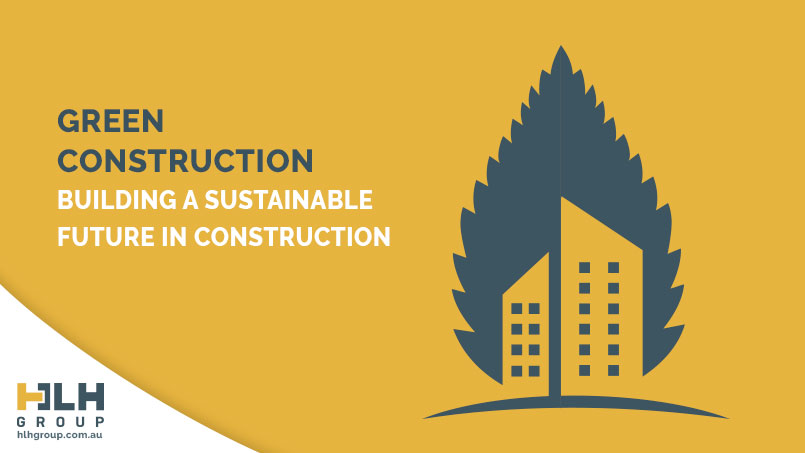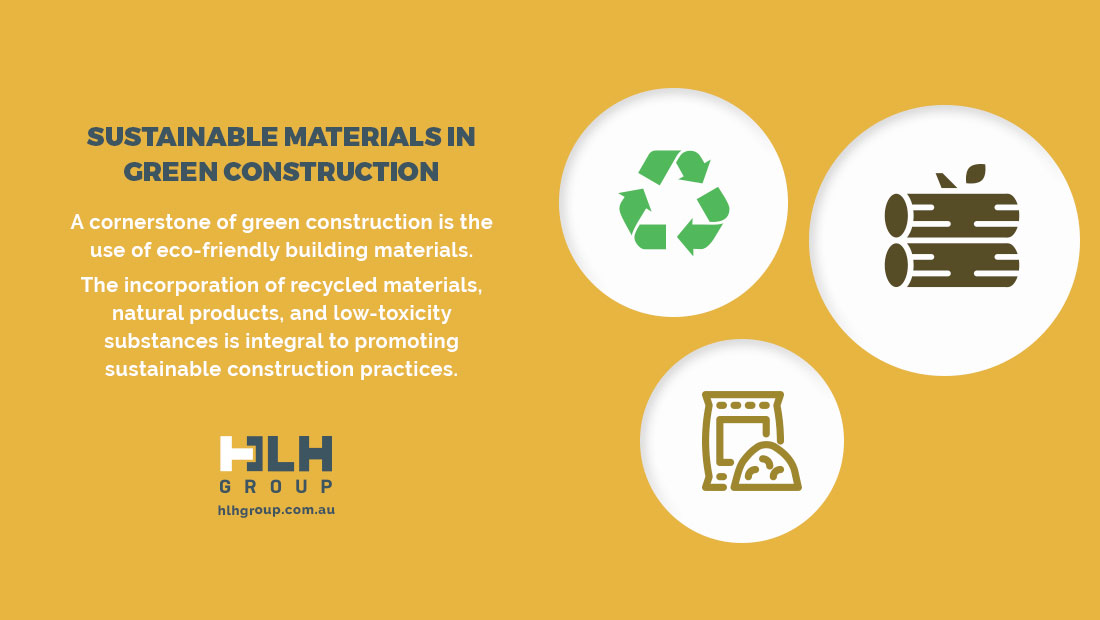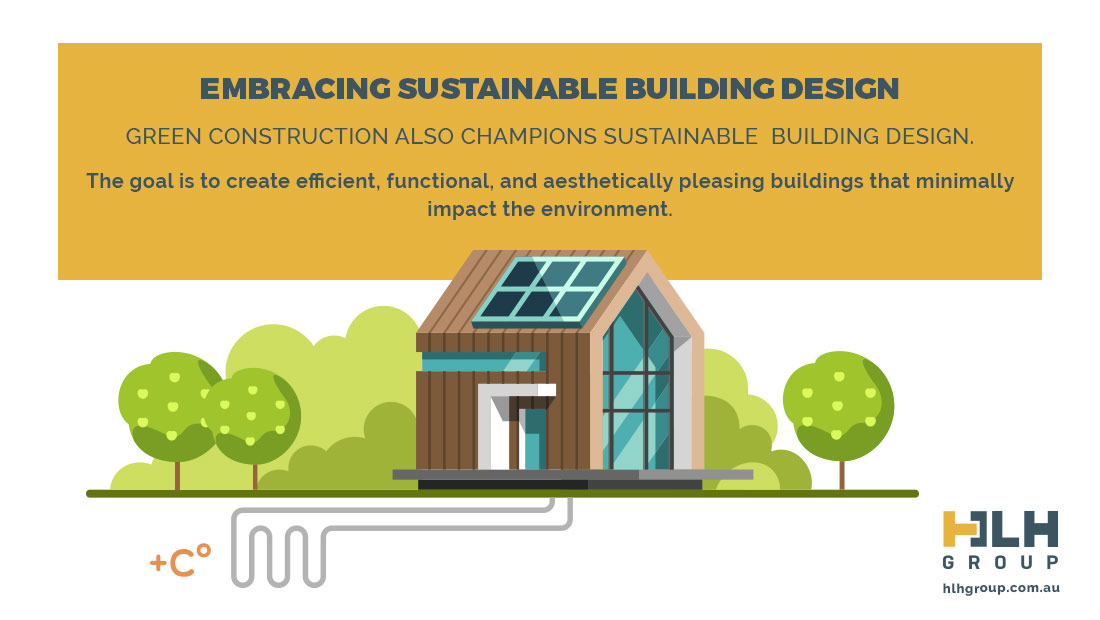
14 Jul Green Construction: Building a Sustainable Future in Construction
Green Construction
In an era of heightened environmental consciousness, the concept of green construction, also referred to as sustainable construction, is rapidly gaining ground. This eco-conscious method of building prioritises the adoption of sustainable practices and environmentally-friendly materials, aiming to minimise the environmental footprint of construction. With the immense potential to mitigate climate change and improve the overall quality of life, green construction is increasingly becoming an industry standard.
Environmental Impact of the Construction Industry
The construction industry traditionally has been a substantial contributor to environmental degradation. Buildings alone consume an enormous amount of energy and are responsible for a significant portion of waste and greenhouse gas emissions globally. However, sustainable practices such as green construction can dramatically curtail these environmental footprints, steering the industry towards a more sustainable, eco-friendly future.

Sustainable Materials in Green Construction
A cornerstone of green construction is the use of eco-friendly building materials. The incorporation of recycled materials, natural products, and low-toxicity substances is integral to promoting sustainable construction practices. Materials like recycled steel, reclaimed wood, and fast-growing bamboo exemplify sustainable materials that not only serve the purpose of creating durable structures but also play a significant role in environmental conservation.
Energy Efficiency and Renewable Energy
Green construction extends beyond materials; it also involves strategies to reduce energy consumption and harness renewable energy sources. Utilising energy-efficient lighting, superior insulation techniques, and the installation of solar panels are some practices contributing to this endeavour. By leveraging renewable energy sources such as solar or wind, buildings can reduce their dependence on fossil fuels, playing a pivotal role in mitigating climate change.
The Importance of Water Conservation
Water conservation is a critical component of green construction. Employing techniques such as rainwater harvesting, installing water-efficient appliances, and using low-flow fixtures can significantly reduce water consumption in buildings. These practices not only safeguard our precious water resources but also diminish water pollution, bolstering the sustainability of the construction industry.
Waste Reduction in Green Construction
The construction industry is a significant contributor to waste generation, leading to potentially harmful environmental impacts. Green construction practices can mitigate this issue by encouraging the use of recyclable or reusable materials and implementing waste reduction and recycling programs on construction sites, ultimately promoting a more circular economy.
Embracing Sustainable Building Design
In addition to these practices, green construction also champions sustainable building design. The goal is to create efficient, functional, and aesthetically pleasing buildings that minimally impact the environment. Such design considerations include maximising natural lighting, utilising passive cooling and heating techniques, and integrating green spaces into the design.

Green Construction
Green construction practices are becoming increasingly crucial as the construction industry continues to evolve. By championing eco-friendly materials, reducing energy consumption, conserving water, minimising waste, and advocating for sustainable design, the environmental impact of buildings can be significantly reduced. Furthermore, these practices contribute to healthier, more comfortable living and working environments, playing a pivotal role in mitigating the effects of climate change. To ensure a sustainable future in construction, it’s imperative that we champion these green practices collectively. It’s not just about building structures; it’s about building a healthier and more sustainable world for all.




No Comments